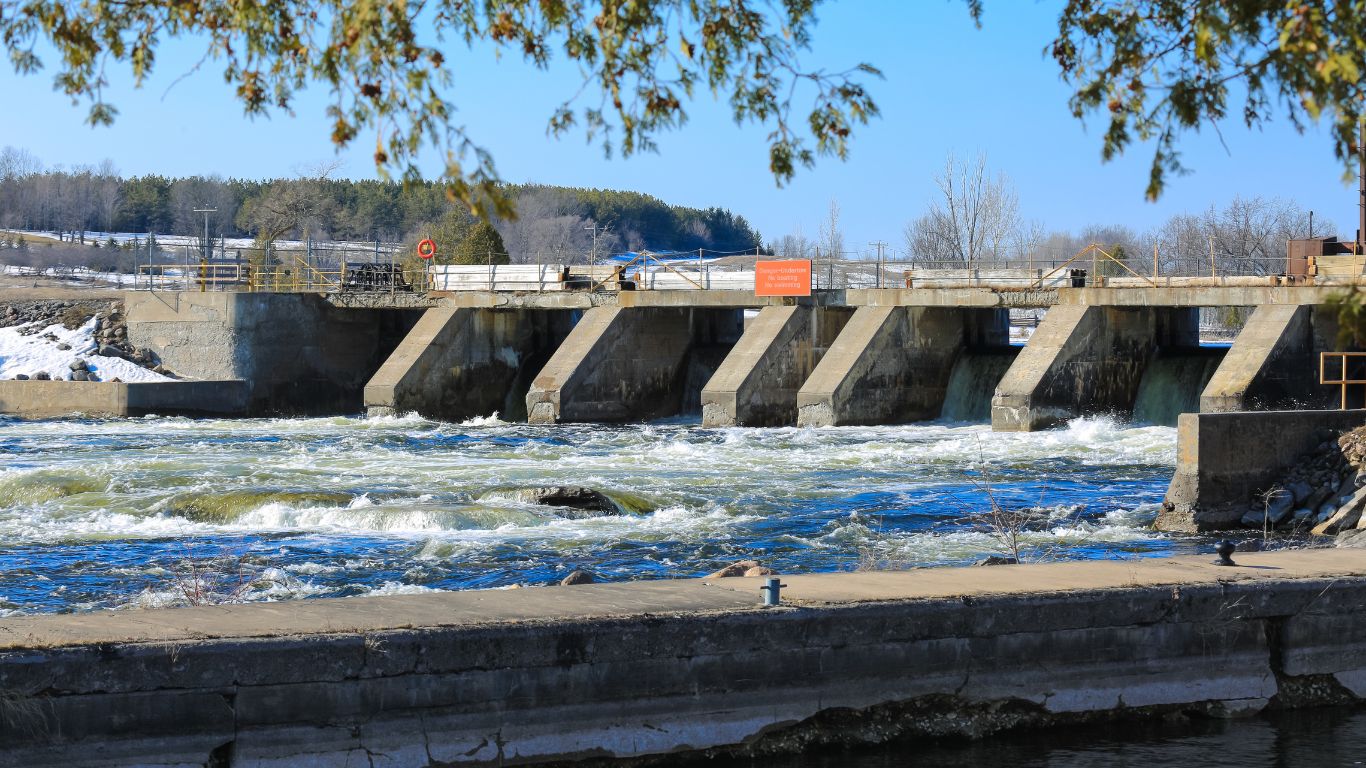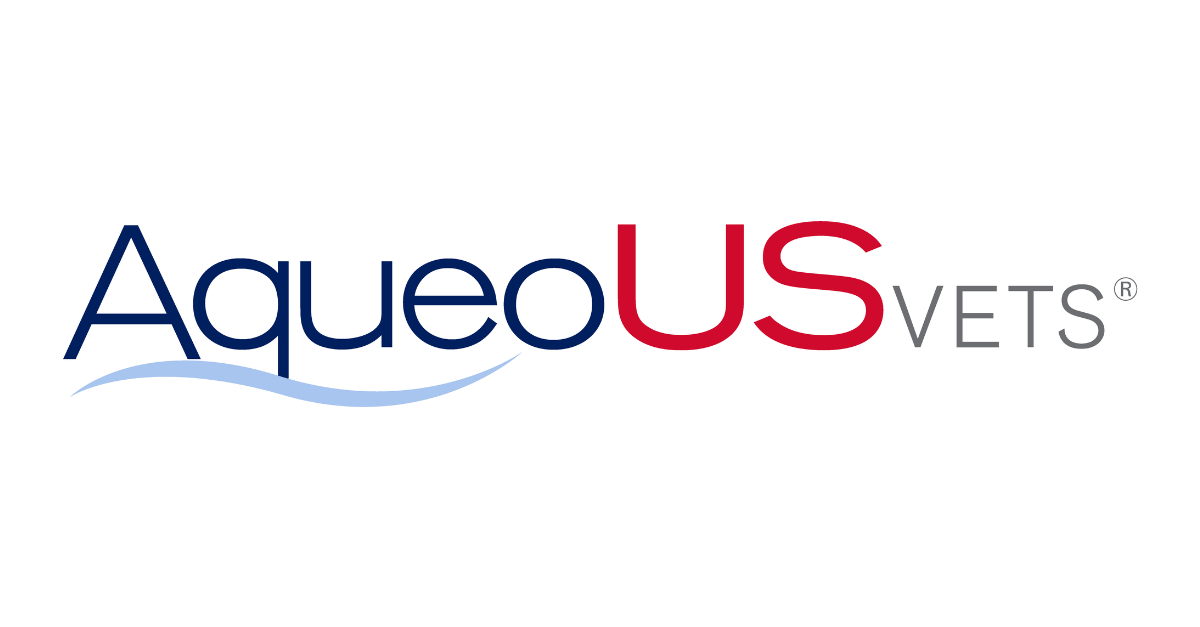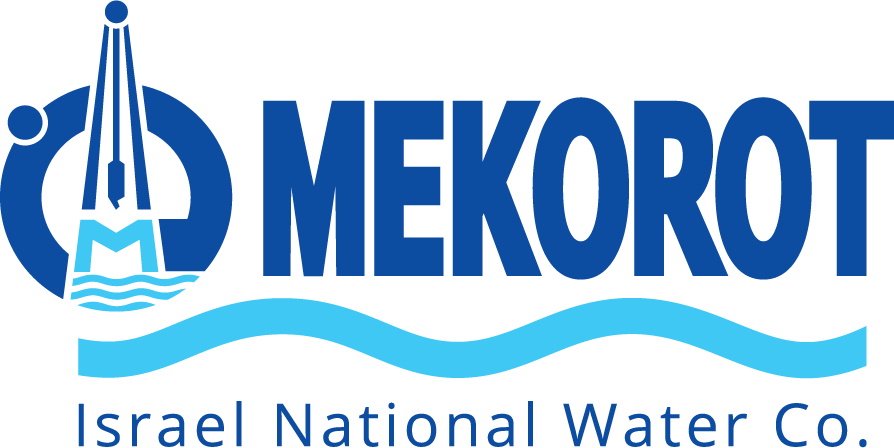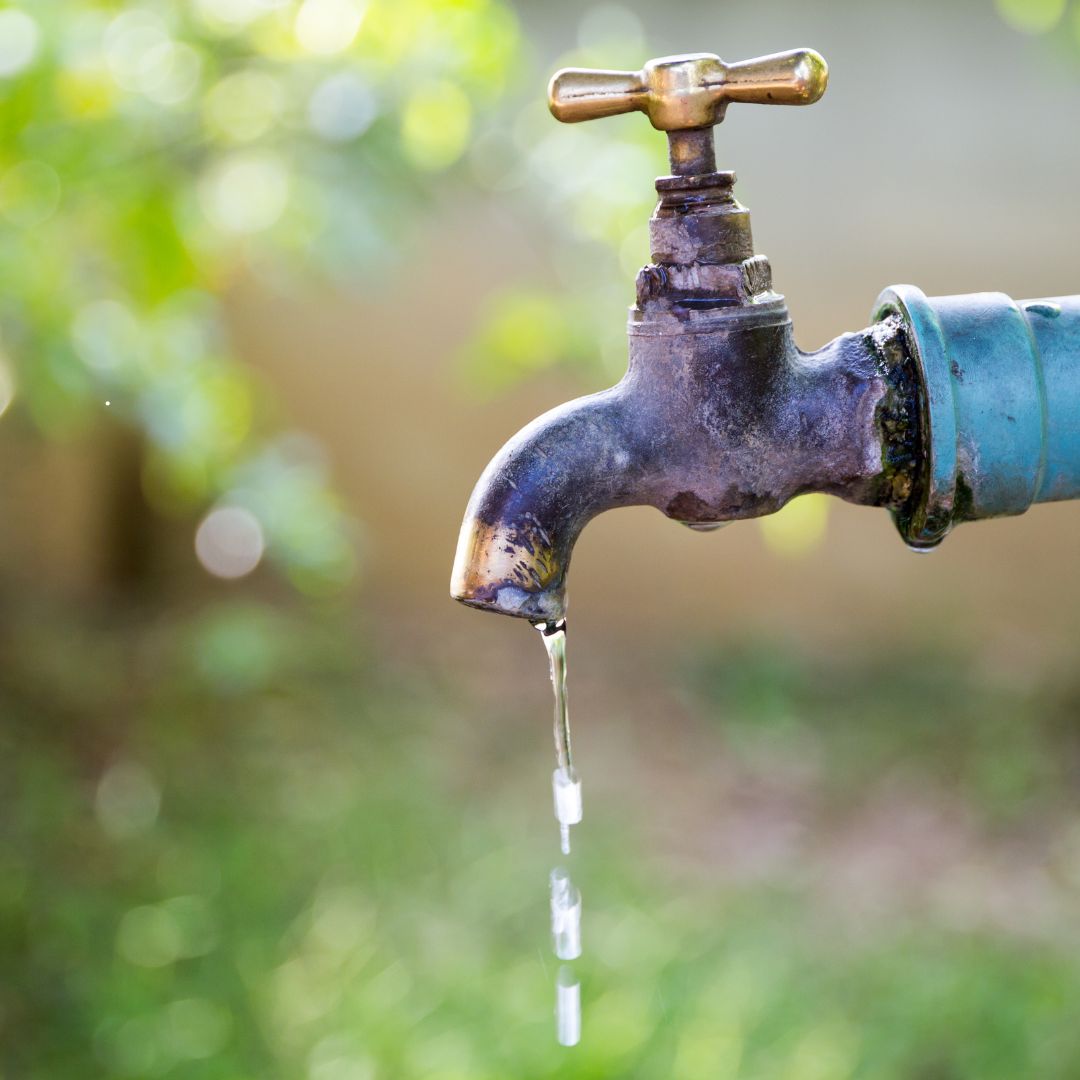PFAS contamination poses a significant challenge in water treatment, with these “forever chemicals” threatening both public health and environmental safety.
Environmental engineers, water treatment specialists, and regulators are under increasing pressure to find effective, sustainable, and compliant methods to correct persistent PFAS contamination in water.
In this post, we’ll explore 12 different PFAS treatment options—including advanced methods to new and experimental technologies—with methods ranging from advanced oxidation processes to nanotechnology applications and hybrid systems.
You’ll also learn about challenges with PFAS treatments, regulations, future directions, and answers to some common FAQs.
We have also created the Transcend Design Generator that helps you easily design a PFAS treatment system and get accurate cost estimates—empowering you to transform your project from concept to reality with confidence and precision.
Limitations of Conventional Water Treatment Options
Conventional water treatment processes, such as coagulation and sedimentation, are foundational methods in water purification. While effective for many contaminants, these fall short when it comes to PFAS treatment.
Conventional water treatment methods struggle to effectively remove PFAS due to their small molecular size, stability, and resistance to traditional filtration techniques.
As a result, PFAS can persist in treated water, posing potential health risks to consumers. This challenge highlights the need for specialized treatment systems that can target and remove these compounds efficiently.
13 PFAS Treatment Options for Water Systems
When dealing with PFAS contamination in drinking water, various PFAS treatment methods can effectively reduce the harmful chemicals. These methods vary in their effectiveness, cost, and suitability depending on the type of PFAS being targeted and the scale of contamination.
Advanced PFAS Treatment Technologies
Advancements in water treatment technologies are offering hope in the battle against persistent PFAS compounds, as new methods promise efficient and thorough removal from water & wastewater streams.
1. Activated Carbon Filtration / Activated Carbon Adsorption
Activated carbon, particularly granular activated carbon, is one of the most established and effective methods for removing PFAS. It works through adsorption, where PFAS molecules attach to the surface of carbon granules.
Granular activated carbon is especially effective for removing longer-chain PFAS, such as PFOS and PFOA, though it struggles with shorter-chain compounds like PFBS.
The treatment efficiency depends on various factors, including the type of carbon used, water flow rate, and the presence of other contaminants.
2. Ion Exchange Treatment / Ion Exchange Resins
Ion exchange treatment uses resins that attract and bind PFAS molecules, effectively removing them from water.
This method is particularly effective for shorter-chain PFAS and can be more cost-efficient than GAC in certain cases.
The resin needs to be replaced or regenerated after a certain period of use, and the disposal of spent resins, which may still contain PFAS, poses a challenge.
Regenerable ion exchange resins can be reused, but this process can generate additional waste that needs proper handling.
You can design PFAS removal systems with Transcend, which will help utilities and engineering consultants automatically generate accurate CAPEX and OPEX estimates, as well as a full set of engineering documentation for both Granular Activated Carbon (GAC) and Ion Exchange (IX) PFAS removal projects.
3. Reverse Osmosis Filtration
Reverse osmosis is a membrane filtration technique highly effective at removing a wide range of PFAS, including both long- and short-chain compounds.
These reverse osmosis membranes act as barriers, allowing only water molecules to pass through while blocking contaminants. While highly effective, reverse osmosis systems require high pressure and can be prone to fouling, which makes pretreatment necessary.
The waste stream from reverse osmosis contains concentrated PFAS, which presents disposal challenges.
4. Advanced Oxidation Processes (AOPs)
The advanced Oxidation Processes (AOPs) are a group of highly effective water treatment techniques that use powerful oxidants like hydroxyl radicals (•OH) to break down persistent and harmful chemicals such as PFAS (per- and polyfluoroalkyl substances).
Advanced oxidation processes can decompose these compounds into smaller, less toxic substances, offering a promising solution for PFAS contamination.
Widespread adoption is still limited by high operational costs and technical challenges related to efficiency and scalability.
Researchers are actively investigating ways to make advanced oxidation processes more cost-effective and reliable for broader use in environmental cleanup efforts.
5. Electrochemical Treatment for PFAS
Electrochemical treatment methods offer a promising approach to removing PFAS from water by applying electrical currents to degrade the chemicals.
These techniques work by either breaking chemical bonds or transferring electrons to facilitate PFAS breakdown, often through processes like direct oxidation or the generation of reactive species such as hydroxyl radicals.
While still in development, electrochemical methods show potential for efficient PFAS removal, and ongoing research is focused on optimizing these systems to improve performance, reduce energy consumption, and minimize harmful byproducts.
These advancements could make electrochemical treatment a viable solution for widespread PFAS contamination.
6. Thermal Treatment of PFAS
Thermal treatment, typically in the form of high-temperature incineration, is another method used to break down PFAS. This technique involves exposing the contaminated material or water to extreme heat, which destroys PFAS molecules at a molecular level.
While effective in achieving complete degradation, thermal treatment methods are expensive and come with significant environmental concerns, particularly related to the release of potentially harmful emissions.
Researchers are investigating ways to improve the efficiency of thermal treatments, such as developing cleaner incineration technologies or lower-temperature alternatives that can reduce harmful byproducts and overall costs.
Emerging and Experimental PFAS Treatment Methods
Emerging and experimental treatment methods for PFAS (per- and poly-fluoroalkyl substances) are gaining attention as researchers and engineers work to address the complex environmental contamination caused by these persistent chemicals.
1. Bioremediation and PFAS
Bioremediation is a sustainable and eco-friendly approach that harnesses the capabilities of microorganisms to degrade or transform PFAS compounds in water & wastewater.
This emerging technology acknowledges that nature has its own “cleanup crew” that can be employed to mitigate PFAS or forever chemical contamination.
While bioremediation offers an environmentally friendly approach to PFAS water & wastewater treatment, it’s essential to carefully select the appropriate microbial strains and optimize environmental conditions.
2. Photocatalytic Degradation
Photocatalytic degradation involves the use of light-activated catalysts to break down PFAS compounds.
Early laboratory studies have demonstrated that certain catalysts, particularly titanium dioxide under UV light, can degrade PFAS, especially those with shorter carbon chains.
However, the scalability of photocatalytic degradation remains a key challenge, as results from small-scale studies have not always translated effectively to larger systems.
Despite these hurdles, photocatalysis offers the potential for an environmentally friendly, cost-effective treatment option if further research and innovation allow for improved efficiency.
3. Plasma Treatment
This method uses plasma to create reactive species that degrade pollutants.
Plasma treatment is particularly effective for breaking down tough chemicals like PFAS. Practical application at larger scales remains a work in progress.
4. Foam Fractionation
A promising technique for PFAS removal, foam fractionation works by using gas bubbles to concentrate and separate PFAS from water.
This approach has shown success in treating landfill leachate and water/wastewater, effectively concentrating PFAS without the need for chemicals.
Fine-tuning for more complete removal is still needed, especially for smaller or short-chain PFAS.
5. Nanotechnology Applications
Nanomaterials, such as carbon nanotubes or graphene oxide, offer a high surface area and tailored surface chemistry that allows them to selectively capture PFAS molecules from water & wastewater.
Additionally, nanocatalysts can be employed in advanced oxidation processes to break down PFAS compounds into less harmful substances.
Ongoing research is focused on enhancing the stability and safety of nanomaterials for PFAS removal, making this an exciting and evolving area of study.
While nanotechnology holds great potential, it’s important to address challenges such as the potential release of nanoparticles into the environment.
6. Hybrid Systems
Hybrid systems represent an innovative approach to PFAS water treatment by combining multiple techniques to achieve enhanced removal efficiency.
A typical hybrid system may incorporate methods such as activated carbon adsorption, membrane filtration, and advanced oxidation processes.
By tailoring the combination of techniques to specific water compositions and PFAS profiles, engineers can achieve optimal results in PFAS treatment.
Challenges and Limitations in PFAS Treatment
Despite the promise of newer technologies, such as AI-assisted detection and enhanced filtration systems, widespread adoption is hindered by technical and economic obstacles, including the need for specialized equipment and the ongoing expense of maintaining these systems.
1. High Cost of PFAS Removal
The cost of removing PFAS from water systems is a significant concern, particularly for municipalities and industries responsible for contamination.
Traditional PFAS removal methods such as activated carbon, ion exchange, and reverse osmosis can be prohibitively expensive, especially for small communities or large-scale operations dealing with widespread contamination.
The high operational costs are driven by the need for frequent media replacement (in systems like activated carbon), energy consumption, and the costs of managing waste streams produced during the treatment process.
A cost-benefit analysis is essential for decision-makers to balance the effectiveness of various treatments against financial constraints. While some technologies are more cost-effective over time, they may not always offer a complete solution, especially when dealing with diverse PFAS compounds.
2. Incomplete Removal and Treatment Efficacy
Despite the advances in PFAS removal technologies, achieving complete degradation or removal remains a challenge. PFAS compounds are persistent, meaning that conventional treatment systems sometimes fail to eliminate these chemicals entirely from water or soil.
Even advanced methods like reverse osmosis or ion exchange might not achieve total PFAS removal, as some compounds can break through the treatment system over time. Moreover, certain PFAS may degrade into other harmful byproducts that pose further environmental risks.
3. Scale and Infrastructure Challenges
Implementing PFAS treatment on a large scale requires significant infrastructure investments. The complexity of PFAS contamination often necessitates multiple treatment stages, each requiring specialized equipment.
Municipal water systems, in particular, face substantial challenges in integrating these new technologies into existing infrastructure, which may not be designed to handle the extensive waste management needs of PFAS treatment.
Additionally, some treatment methods may require pretreatment steps to address co-contaminants, further increasing costs and operational complexity.
Future Directions in PFAS Treatment and Management
The future directions in PFAS treatment and management are focused on advancing safer alternatives, cutting-edge treatment technologies, and creating a path toward a PFAS-free environment.
1. Innovations in PFAS-Free Alternatives
One of the major research focuses is the search for safer chemical substitutes for PFAS. Several industries are actively seeking replacements, especially in areas like firefighting foams and food packaging.
Regulatory bodies such as the Environmental Protection Agency have been involved in reviewing substitutes to ensure they are less harmful, taking into account their persistence, toxicity, and bioaccumulation properties.
Green chemistry initiatives are also gaining momentum, focusing on developing sustainable chemicals that do not pose long-term environmental or health risks.
2. Advances in PFAS Treatment Technology
One promising advancement is the use of artificial intelligence (AI) to assist in designing non-toxic PFAS alternatives.
IBM has been working on an AI system that generates molecular substitutes for PFAS, utilizing machine learning to predict the properties of safer replacements. This could revolutionize the search for viable substitutes by speeding up the process and increasing the likelihood of discovering functional, non-toxic chemicals.
3. The Path to a PFAS-Free Environment
Achieving a PFAS-free environment will require significant collaboration between governments, industries, and communities.
Governments around the world, including those in the EU and the US, are increasingly recognizing the need for stricter regulations on PFAS and greater investment in research and infrastructure for their removal.
While challenges remain, the coordinated efforts to phase out PFAS and find sustainable alternatives provide hope for long-term reduction in these harmful substances.
These efforts indicate that while the path to a PFAS-free world is complex, the convergence of innovation, regulation, and community action is crucial for a healthier, more sustainable future.
Regulatory Landscape for PFAS Management
The regulatory landscape for managing PFAS treatment is evolving across the globe, with varying approaches in different regions, driven by scientific and health concerns.
1. Global Regulations and Guidelines for PFAS
Internationally, PFAS are increasingly recognized as a serious environmental and health threat. Notably, the Stockholm Convention on Persistent Organic Pollutants (POPs) includes a handful of PFAS chemicals (e.g., PFOA and PFOS) that require significant reduction or elimination globally.
Additionally, the European Union has taken proactive steps under its Drinking Water Directive (EU 2020/2184), setting specific thresholds for PFAS in drinking water, such as 0.5 µg/l for total PFAS and stricter standards for the sum of the 20 most concerning PFAS treatment. Several EU member states are also proposing to ban all PFAS under the REACH regulation.
In Canada, the government has implemented new reporting obligations for companies involved in PFAS production or use, requiring them to disclose information about PFAS content and its associated risks. This is part of a broader push to better understand and control the spread of these chemicals.
2. PFAS Regulations in the United States
In the U.S., PFAS regulation has been slower but is gaining momentum. The Environmental Protection Agency (EPA) has proposed a national strategy for PFAS, focusing on increasing testing and setting health advisory levels for drinking water.
The Biden-Harris administration strengthened the Safe Drinking Water Act in 2024, which means enforceable maximum contaminant levels (MCLs) now exist for PFAS in drinking water treatment systems. Under the legislation, public water systems must conduct regular compliance monitoring for regulated PFAS and, if levels violate the MCLs, must inform the public and implement solutions.
3. Challenges in PFAS Regulation
The regulatory progress is often hindered by the complexity of PFAS science, particularly due to their diverse chemical structures and the challenge of detecting low concentrations. Moreover, political and economic factors, such as industry resistance and the costs of remediation, also slow down the development of comprehensive regulations.
Design PFAS Removal Systems with Transcend
The Transcend Design Generator (TDG) is a cutting-edge platform developed by engineers and programmers in the water and wastewater industry to enhance the efficiency and precision of PFAS treatment system designs.
Our Design Generator allows you to:
- Effortlessly size GAC & IX systems tailored to your system’s specific needs.
- Determine optimal locations within your site.
- Obtain crucial operational and capital expenditure estimates.
FAQs
What is PFAS and Why Are They Known as “Forever Chemicals”?
PFAS (per- and polyfluoroalkyl substances), often referred to as “forever chemicals,” are highly persistent due to their strong carbon-fluorine bonds, making them resistant to degradation by heat, light, or microbial activity. Once released, PFAS disperse widely through air, water, and soil, with short-chain variants being particularly mobile, contaminating groundwater, and even reaching remote areas like the Arctic.
What is the Impact of PFAS on Health?
PFAS bioaccumulates, building up in living organisms, including humans, through food, water, and air exposure. The National Cancer Institute research has found that PFAS exposure has been associated with numerous health risks, including increased chances of kidney and testicular cancers, reproductive issues affecting fertility and fetal development, thyroid dysfunction, immune suppression, and elevated cholesterol levels.
Vulnerable populations, such as pregnant women, infants, and individuals with occupational exposure, face heightened risks, while communities dependent on contaminated water sources often bear a disproportionate burden of these health impacts.
What is the Impact of PFAS on the Environment?
PFAS have a profound environmental impact, disrupting the reproductive and developmental systems of wildlife and persisting in both aquatic and terrestrial ecosystems, thereby threatening biodiversity.
What are the Sources and Pathways of PFAS Contamination?
PFAS contamination originates from various sources, including industrial activities, consumer products, and water systems where these persistent chemicals create widespread environmental and health risks.
What are the common techniques used to detect PFAS in water systems?
The most commonly used methods, according to the U.S. Environmental Protection Agency, for detecting PFAS are mass spectrometry (MS) and liquid chromatography (LC), often paired together as LC-MS/MS (liquid chromatography-tandem mass spectrometry). These techniques provide high sensitivity and specificity, making them the gold standard for PFAS analysis.
They can detect trace amounts of PFAS in various matrices such as water, soil, and even food. However, these methods require expensive equipment and extensive sample preparation, limiting their accessibility for widespread environmental monitoring.
What challenges are typically encountered when detecting PFAS?
One of the main challenges in detecting PFAS is the low concentration at which these substances can be harmful (often in parts per trillion). Standard testing methods are complex, time-consuming, and costly. For example, mass spectrometry-based techniques can cost thousands of dollars per sample.
Additionally, PFAS compounds tend to degrade detection sensitivity over time, as residual substances can interfere with accurate readings. This poses a particular issue for continuous or large-scale monitoring.
How to calculate PFAS Removal Efficiency?
Assessing the efficiency of PFAS removal methods serves as the yardstick by which we gauge their effectiveness. This involves measuring the reduction in PFAS concentrations from influent to effluent, typically expressed as a percentage of removal. Robust assessment methods are essential to determine the success of our treatment strategies.
What is the Environmental Fate of PFAS During Water & Wastewater Treatment?
One of the critical aspects of studying the environmental fate of PFAS is assessing the potential for their release into the environment. If treatment processes do not effectively capture or degrade PFAS compounds, they can be discharged into surface waters, and groundwater, or even contribute to soil contamination. This raises environmental concerns that warrant mitigation.
PFAS compounds can bioaccumulate in aquatic organisms, disrupting ecosystems and potentially entering the food chain. It is our responsibility to assess and mitigate these ecological risks through effective treatment strategies.







 WWTP Design
WWTP Design  Substation Design
Substation Design  Utility Interconnection Hub
Utility Interconnection Hub  White Label Proposal Generator
White Label Proposal Generator  PFAS Feasibility Study
PFAS Feasibility Study  Booster Station Design
Booster Station Design  Value Discovery Program
Value Discovery Program